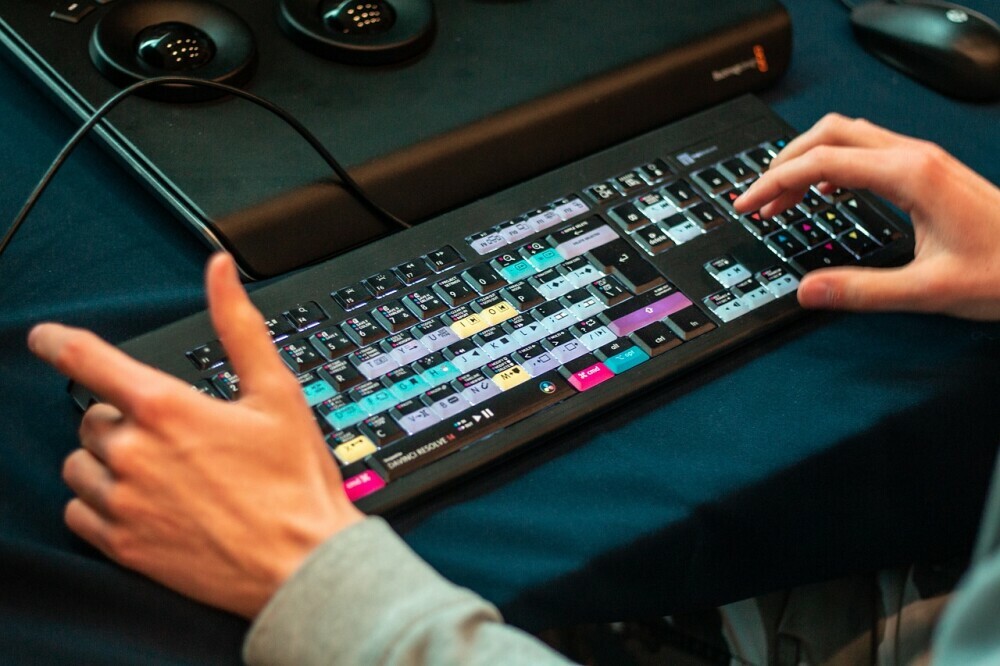
Unveiling the Magic: How Color Theory Transforms Your Videos with Color Grading
Have you ever been captivated by the stunning visuals of a movie trailer, or drawn into a commercial by its rich and evocative colors? That’s the power of color grading in action. But achieving those captivating visuals requires an understanding of color theory, the language that colors speak.
Color Theory: The Science Behind the Allure
Color theory isn’t just about aesthetics; it’s about harnessing the emotional and psychological impact of colors to enhance your video’s narrative. Here are some key concepts to grasp:
- Color Models: The RGB (Red, Green, Blue) model forms the foundation for displaying colors on screens, while CMYK (Cyan, Magenta, Yellow, and Black) is used for physical printing. YCbCr, used in video editing, separates color information from luminance (brightness).
- The Color Wheel: This is a visual representation of primary colors (red, yellow, and blue), secondary colors (formed by mixing primaries), and tertiary colors (mixtures of primary and secondary colors). Understanding their relationships is crucial for creating harmonious color palettes.
- Psychology of Color: Colors evoke emotions. Warm colors like red and orange stimulate energy, while cool colors like blue and green create a sense of calm. Color theory helps you use these associations to set the mood of your video.
The Art of Color Grading: Beyond Correction
Color grading goes beyond simply fixing color imbalances. It’s the artistic manipulation of color to enhance the visual storytelling:
- Establishing the Look: Develop a color palette that aligns with the tone of your video. A vibrant palette might suit a comedic short, while a muted palette might create a more serious atmosphere.
- Balancing Temperature: Color temperature refers to the “warmth” or “coolness” of a color. Adjusting it can evoke specific emotions. Warmer tones create a sense of nostalgia, while cooler tones can feel more contemporary.
- Selective Adjustments: Secondary color correction allows for targeted adjustments within specific color ranges. This lets you emphasize certain elements or create a more focused visual message.
- Cinematic Inspiration: Popular films often use color grading to create iconic looks. Think of the cool blues of a sci-fi film or the warm oranges of a desert Western. Analyze these examples to understand how color sets the mood and genre.
Putting Theory into Practice: Mastering the Craft
- Shoot for Success: High-quality footage provides a better foundation for color grading. Consider using a flat color profile while filming to capture more color data for later manipulation.
- Workflow Optimization: Develop a consistent workflow for color grading to ensure efficiency and maintain a clear visual narrative throughout your video.
- Avoiding Common Pitfalls: Over-saturation and unrealistic color adjustments can distract viewers. Aim for subtle yet impactful changes that enhance the visuals without looking artificial.
- Color as a Storytelling Tool: Use color grading strategically to guide viewers’ attention, highlight key moments, and create a cohesive visual language that complements your video’s narrative.
By understanding color theory and harnessing the power of color grading, you’ll transform your videos from good to great. So, unleash your inner colorist, experiment with different techniques, and watch your videos come alive with the magic of color!
If you are considering any sort of video project do not hesitate to Call Alan on 07539141257 or 03332241257, or +447539141257 or +443332241257, you can schedule a call with Alan on https://calendly .com/alanje or drop an email to alan@alpusgroup.com.
0 Comments